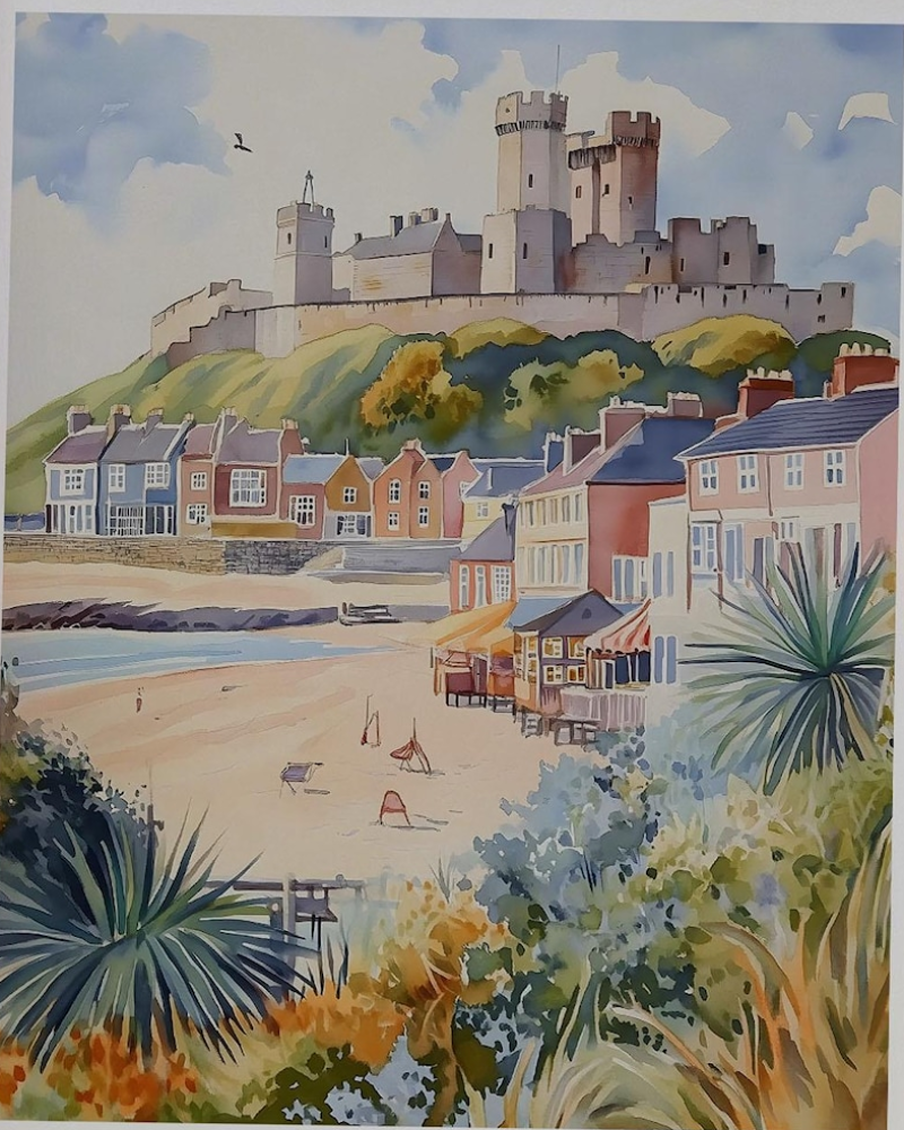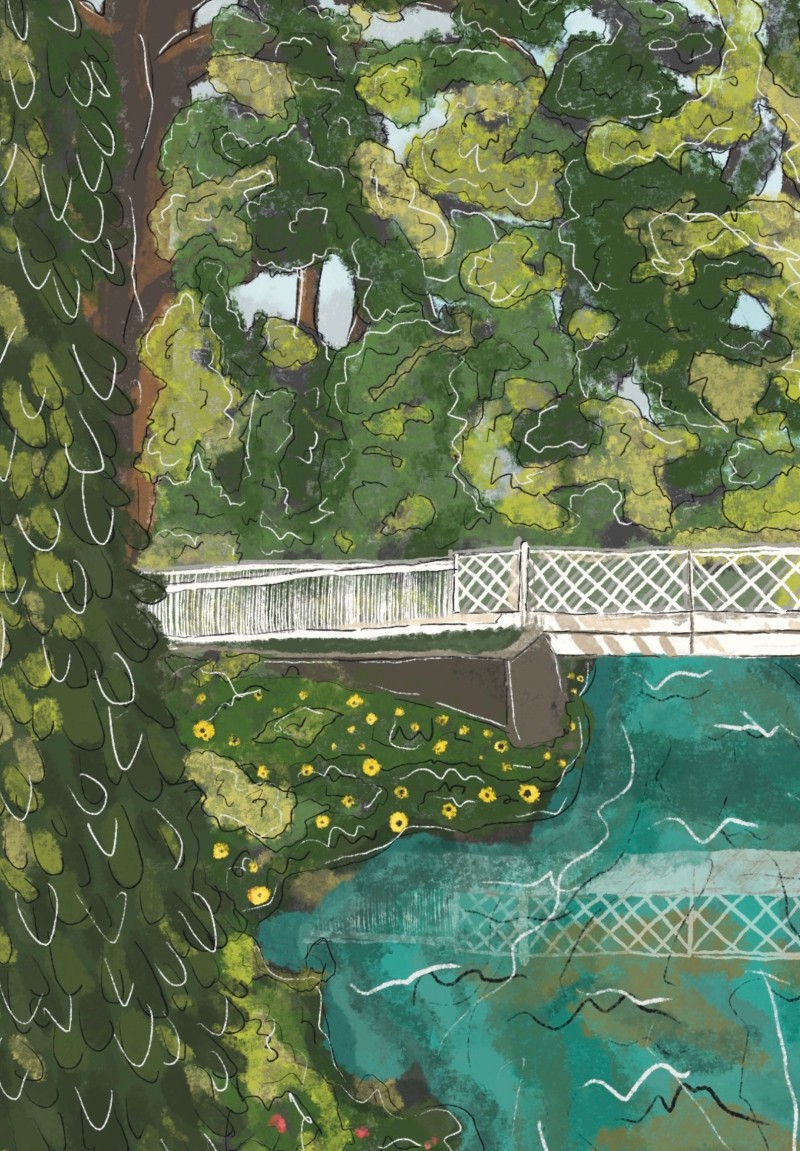London: England’s ‘Urban Forest’ Capital City
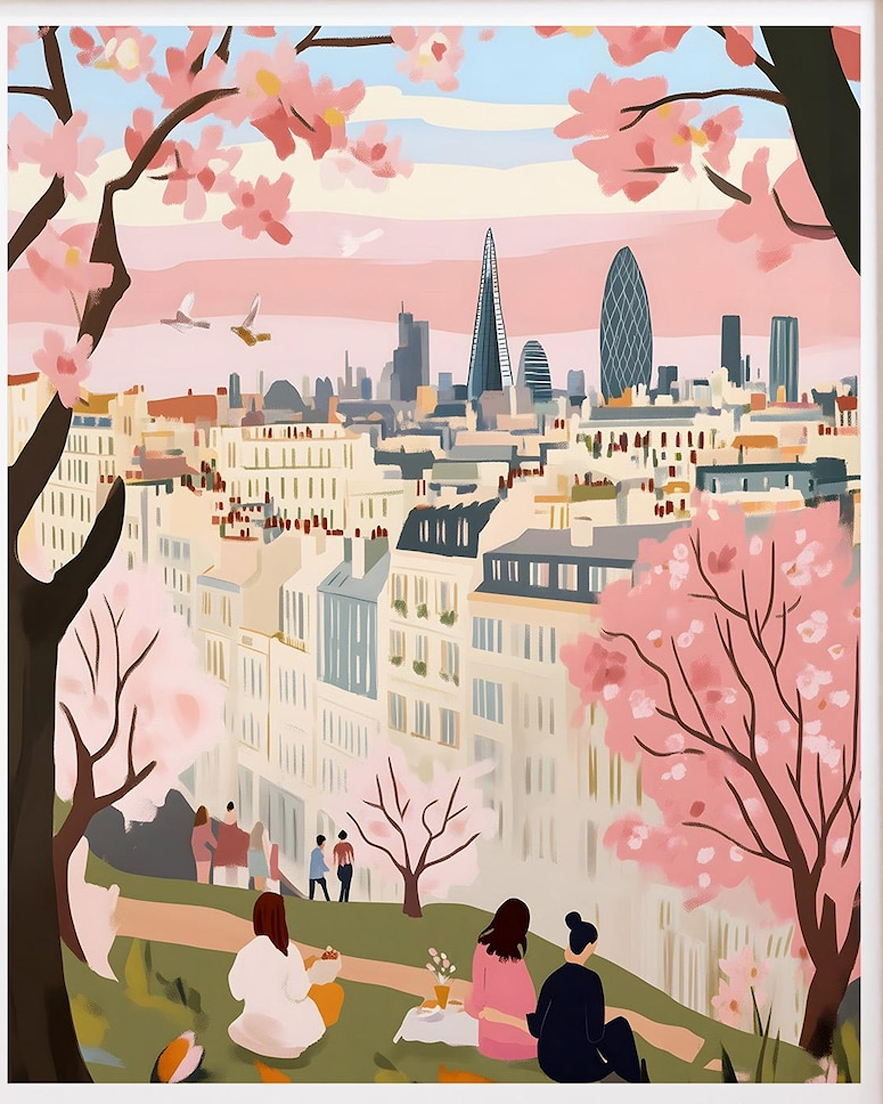
London is a huge city with around 8 million people, living across 32 boroughs and 2 mini-cities (Westminster and the City of London). But as it has the same amount of trees, it’s officially an ‘urban forest’. It also has one of the best public transport systems in the world, to get from Victorian terraces to a leafy park.
If walking in nature, always follow the Countryside Code, to keep dogs and barnyard friends safe.
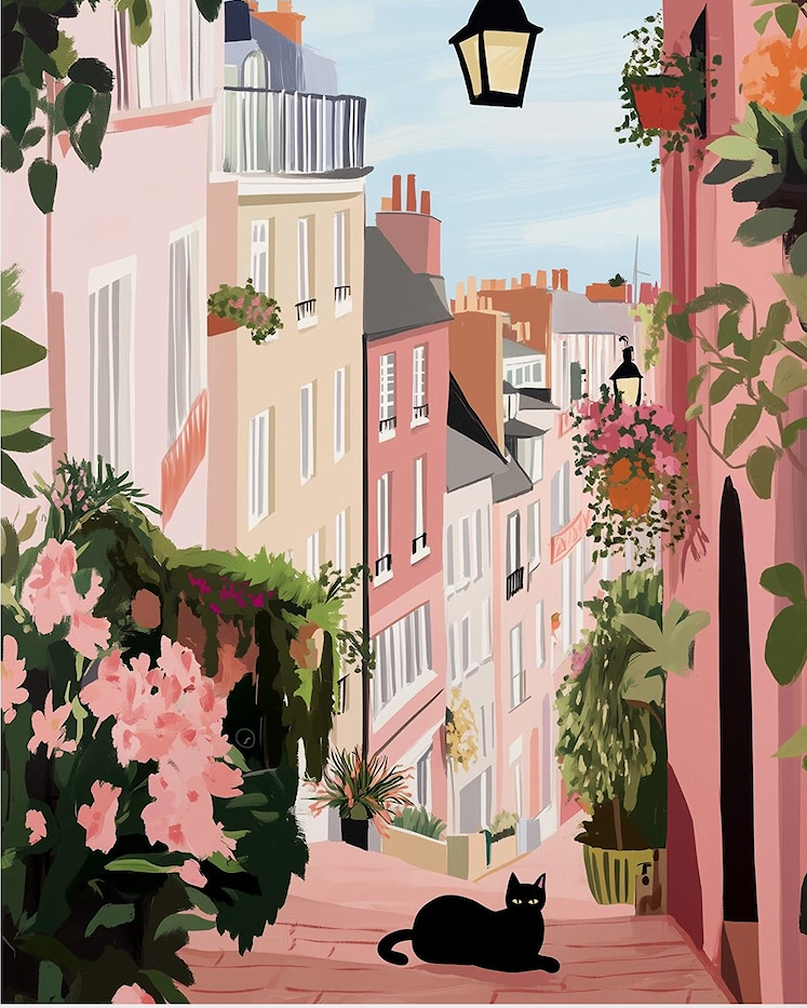
Also read our posts on:
Tower Bridge: A Magnificent Victorian Structure
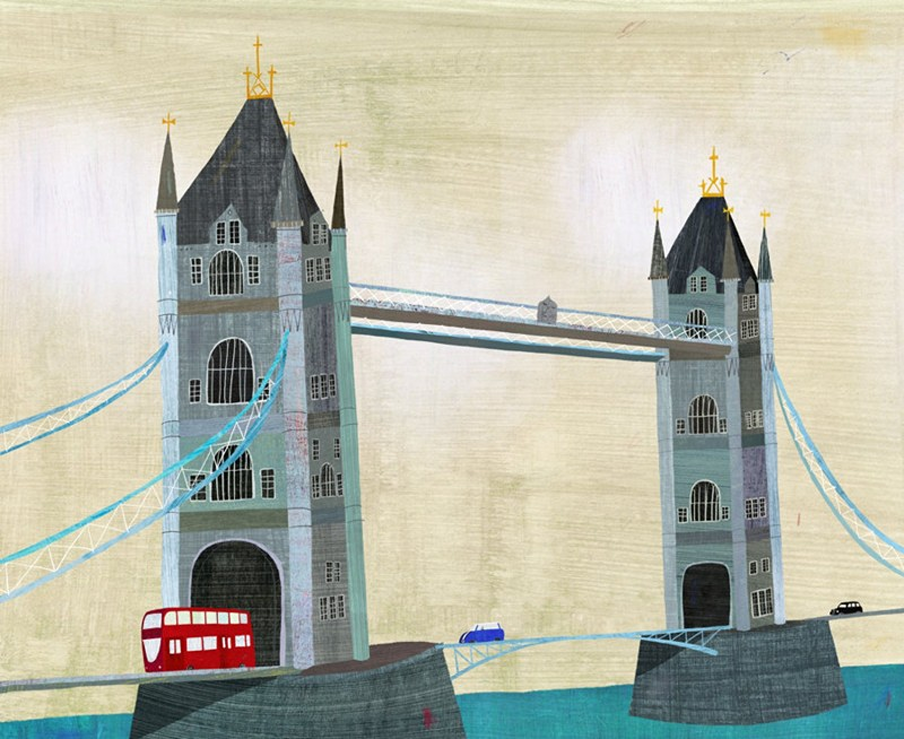
Tower Bridge is a suspension bridge built in the late 1800s, to give people better access to the East End. Often confused with London Bridge (half a mile away), the urban (denied) legend is that an American (who bought a bridge to put in Arizona) bought the wrong one!
The bridge was originally built to allow ships to pass underneath, while letting walkers and cars pass overhead. It took almost 8 years to build and almost 500 workers.
Even today the bridge still opens for ships to pass. And visitors can watch all the action through the famed thick glass floors. Braille booklets are available for blind people to also enjoy all the action.
England’s Own Version of the Film ‘Speed!
In 1952, a double-decker bus began to slide, as the bridge accidentally opened.
Driver Albert Gunter saved everyone’s lives by making a split-second decision to accelerate to clear the opening gap (a bit like in the film Speed when the road wasn’t built). There were no serious injuries and to reward his bravery, he was awarded the princely sum of £10!
Next Door to the Tower of London

Designed to blend in beautifully with the nearby Tower of London (just 6 minutes walk away), Tower Bridge is made from steel (11,000 tons of it!) then glad in Cornish granite and Portland stone.
The Tower of London is actually a castle, where the crown jewels and coronation robes are kept. It’s also home to the famed ravens who have their wings clipped to stop them flying off (though the tower claims this is to keep them safe and well-fed, as they have never lived in the wild).
Less common than smaller crows, ravens have metallic feathers and wedge-shaped tails, often flying upside-down for fun. Young ravens drop sticks mid-air, to fly and catch them.
Located in the London borough of Tower Hamlets, the palace become infamous for housing people who would meet a grisly end. From poor Anne Boleyn (beheaded by her husband Henry VIII) to spies executed during World War I.
The last person to be executed here (by firing squad) was a Luxembourg-born German spy, who was captured after parachuting into the UK during World War II.
Where to Find the Oldest Trees in London

Trees are everywhere in London city, the most common species being plane trees, which line the Embankment. Many areas have trees that have stood for centuries. This is very important in cities, as trees cool the air, helping to reduce heat island effect.
London has many green spaces in London where you can walk (many are dog-friendly) or just soak up the rays under a tree.
Remember that many blooms (including all bulbs like daffodils, tulips and crocuses) are not safe near animal friends that eat flowers! Yew, oak and sycamore trees are all toxic to horses.
- Berkeley Square Plane Tree (Mayfair) was planted around 1789, its thick branches providing natural shade to visitors.
- Queen Elizabeth Oak (Greenwich) is over 800 years old, a tree that has seen a lot of monarchs in its lifetime. While also giving home to birds, insects and small mammals for centuries.
- The Royal Oak (Richmond Park) is over 750 years ago, loved by local birds and resident wild deer.
- The Totteridge Yew (South London) sits in the heart of St Andrew’s Church, believed to be 1000 to 2000 years old. The trunk is now split (you would be ragged too, if you were this old). But it’s still alive, and growing shoots. Yew trees (toxic to most creatures) grow slowly with hollow trunks, but seem to live longer than most trees.
- The Wood Street Tree (Cheapside) grows where a church once was, destroyed during the Great Fire of London in 1966. And later bombs rained down during World War II. Yet still this tree remained.
- The Hardy Ash Tree (King’s Cross) finally died of old age in 2022, but stood for so long in the grounds of St Pancras Old Church, its trunk was supported by a ‘a circle of old gravestones’.
The Thames: A River Rich with History

The 215-mile River Thames is often thought of as a ‘London river’. But England’s second-longest river (after the Severn), actually begins in the Cotswolds and flows through Oxford out to the North Sea. The Thames used to be so polluted, that Parliament would have to regularly close down due to the stench. Today it’s much cleaner.
Tower Bridge was built in the late 1800s, to give people better access to the East End. Often confused with London Bridge (half a mile away), the urban (denied) legend is that an American (who wished to move the bridge to Arizona) bought the wrong one!
The bridge opens for ships to pass. In 1952, a double-decker bus began to slide as the bridge accidentally opened. Driver Albert Gunter made a split-second decision to accelerate to clear the gap (like the film Speed, when the road wasn’t built). There were no serious injuries. So he was awarded the princely sum of £10!
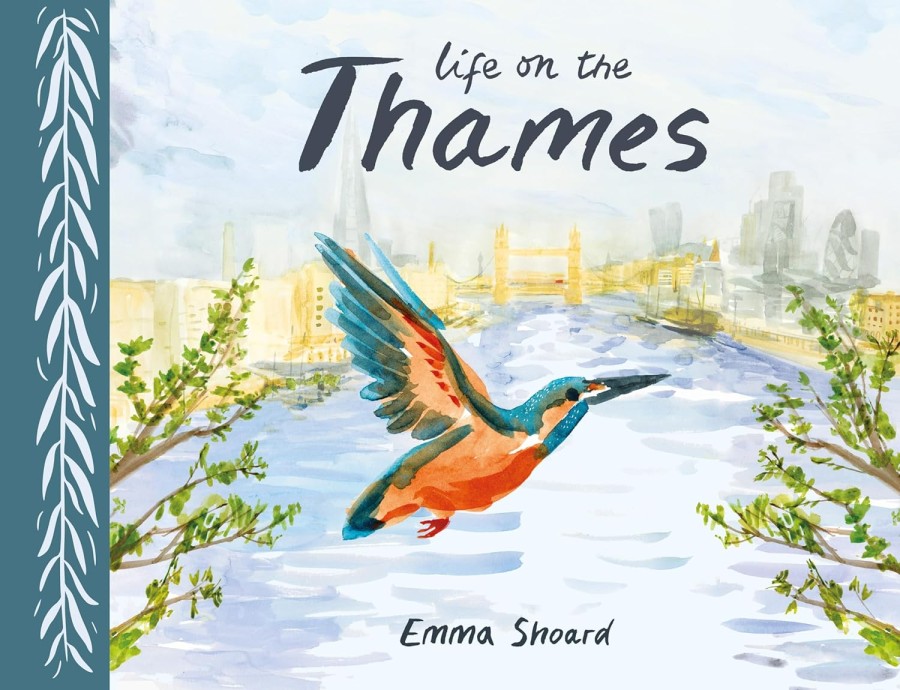
Life on the Thames is an illustrated journey along a river that sustains a staggering number of birds and mammals. Swans, geese, herons, and cormorants are regular sights, as are 120 species of fish. Otters have made a comeback upstream, as water quality has improved.
Opened in 1984, the Thames Barrier is one of the world’s largest movable flood defences. It sits downstream of central London and protects the city from storm surges. The barrier can be raised in less than two hours, when high tides and storms threaten the capital.
The Thames Path is a 184-mile (294-kilometre) walking trail following the river from its source to the sea. You can join it in city or countryside. The path takes in urban parks, rolling fields, and bustling towns.
Exploring Nature in the City of London
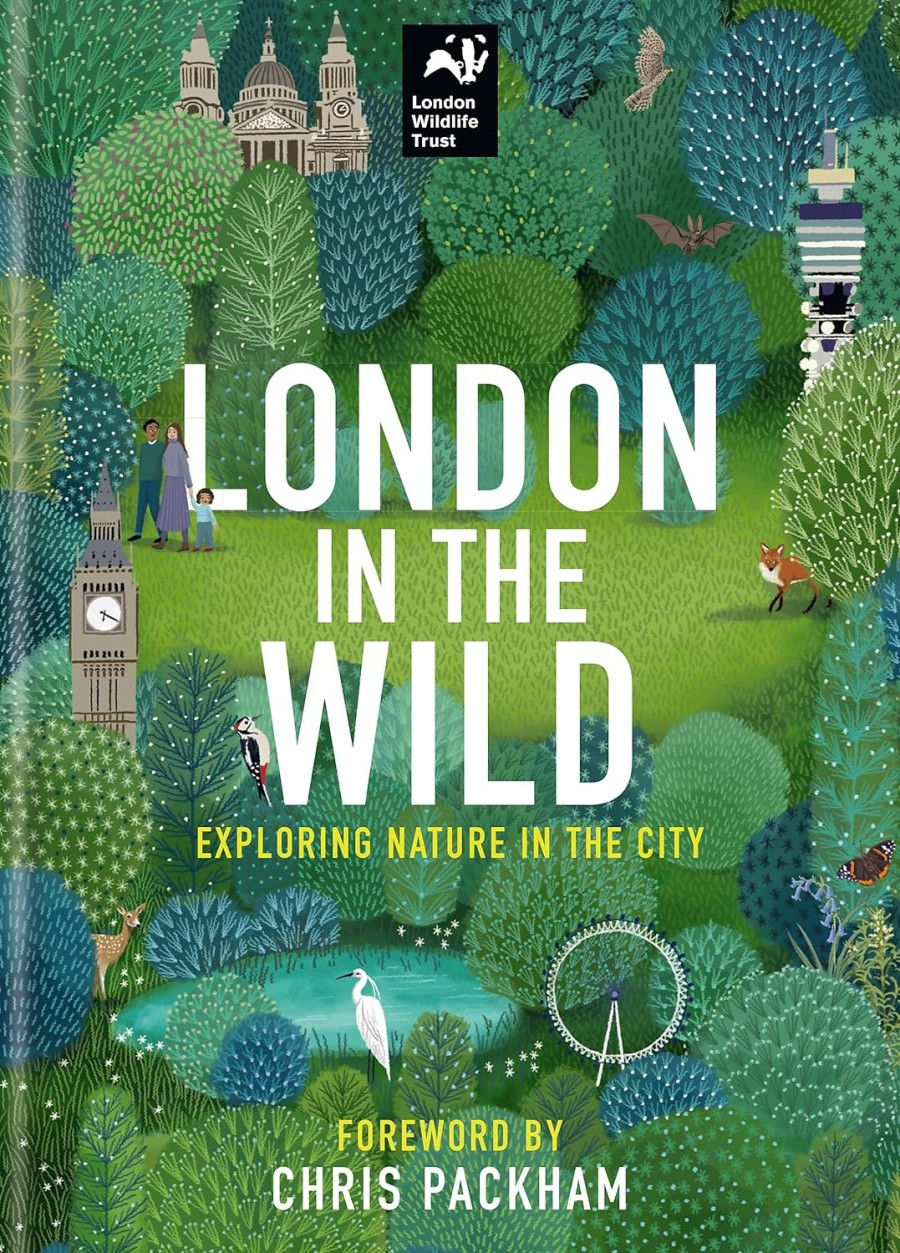
London in the Wild is a wonderful guide by London Wildlife Trust to creatures hiding beyond concrete, lights, noise and pollution. And of course, London pigeons! Discover a city teeming with over 15,000 species of flora, fungi and fauna (marsh frogs, hedgehogs, short-eared owls and dragonflies). Cities are not all humans and rats!
Use no-dig gardening to protect London’s endangered stag beetles (those big grubs you see in soil are the babies!) Also turn off lights when not in use to help stop birds flying into windows.
- Learn how to help your local wildlife rescue.
- London Wildlife Protection (birds) and Moonstone Rescue (all creatures)
- Report issues to National Wildlife Crime Unit (anonymous if wished).
Record your sightings to help them monitor welfare and numbers of:
- Deer
- Dragonflies and damselflies
- Hedgehogs
- Owls and kestrels
- Glow worms
- Stag beetles
- Water voles



